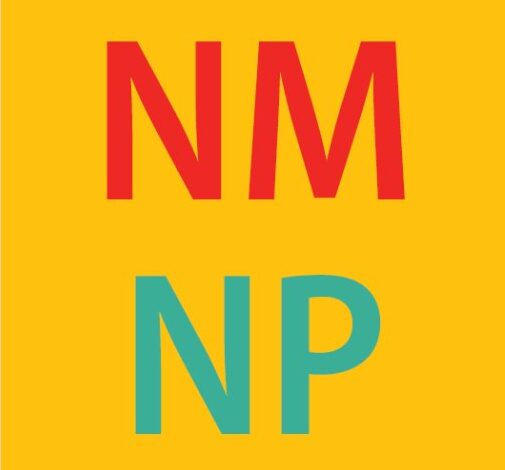In an era of rampant misinformation on social media, journalists need to be extremely aware of false stories that can easily spread through these networks, panelists said during a discussion hosted by the New Mexico chapter of the National Association of Hispanic Journalists at The University of New Mexico.
Dozens of UNM students and faculty met with prominent journalists on Oct. 19 to discuss the dangers of increasing artificially produced content that can be deceptive to audiences in this critical election cycle. Miriam Valverde, a deputy editor at PolitiFact, explained how advancements in artificial intelligence have made it easier to create and spread misinformation.

“The tools that people can use to create this AI-generated content are free and it is pretty easy to use,” she said. “All those factors together are just making it way easier to spread AI-generated misinformation.”
She noted that AI tools can replicate people’s voices and recognize patterns in speech, enabling the creation of artificially generated videos that are almost indistinguishable from real ones. This, Valverde warned, poses a serious threat to newsroom integrity and burdens journalists with the challenge of fact-checking such manufactured misinformation, particularly in the fast-paced 24-hour news cycle.
This ease of access has made the quantity of this content online almost untrackable, Valverde said, which is why agencies like PolitiFact verify it before the masses staple this information as true and spread it through more channels.
She said that while some of this content is labeled as satirical, it can still be seen as true to many people without context.
“Sometimes people do share as a joke to poke fun at something, but then there comes a point where not everyone is in on the joke and they don’t realize that it is false,” she said.
Valverde also detailed the lack of effort needed to create propaganda online by delivering a simple prompt to ChatGPT to generate an elaborate social media post about Vice President Kamala Harris’s alleged ineligibility to become the president of the United States. This has given bad-faith actors the ability to dupe audiences, which can knowingly lead to real-life dangers.
Local and regional NAHJ Director Johnny Cordoba shared his own experience with political violence resulting from disinformation online in his home state of Arizona.
“People get so revved up that they actually do something about it,” Cordoba said. “We actually had some headquarters for Democrats that had been shot at not once but numerous times.”
The growing capabilities of artificial intelligence will increasingly blur the lines between fact and fiction in the political news cycle, highlighting the need for more journalists to develop the skills necessary to identify misinformation. Verifying information has become even more crucial for media professionals today.
